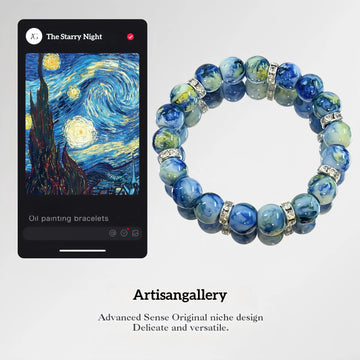Understanding Stone Bracelet Quality Grading and Pricing Factors
When evaluating stone bracelets, understanding quality grading and the factors influencing their pricing is essential for making informed purchasing decisions. While specific prices vary widely, the interplay between material quality, craftsmanship, and market demand shapes value. Below is a breakdown of key considerations to help navigate this complex landscape.
Material Quality and Rarity
The type and quality of stones used in a bracelet significantly impact its perceived value and grading:
- Gemstone Variety and Origin: Rare or geographically significant stones, such as those from specific mines, often command higher prices due to their scarcity. For example, stones with unique color saturation or clarity are graded more favorably.
- Color Purity and Distribution: High-quality stones exhibit consistent, vivid hues without visible zoning or discoloration. Bracelets featuring stones with uniform color distribution are typically graded higher than those with uneven or dull tones.
- Clarity and Inclusions: Stones with minimal internal flaws, such as fractures or visible inclusions, are considered superior. Transparent or translucent stones are often valued higher than opaque ones, though exceptions exist for materials like jade, where opacity is prized.
- Cut and Polish: Precision-cut stones with symmetrical facets and a high-gloss finish enhance light reflection, elevating the bracelet’s aesthetic appeal. Poorly cut stones may appear dull or uneven, reducing their grading.
Craftsmanship and Design Complexity
The skill involved in creating a bracelet influences both its durability and artistic merit, impacting its value:
- Setting Techniques: Secure and invisible settings, such as prong or bezel mounts, protect stones while showcasing their beauty. Loose or visible settings may detract from the bracelet’s quality and longevity.
- Metal Quality and Finish: The type of metal used (e.g., sterling silver, gold) and its finish (e.g., polished, matte) affect the bracelet’s durability and aesthetic. High-grade metals resist tarnishing and complement the stones effectively.
- Design Intricacy: Bracelets with elaborate patterns, engravings, or mixed-media elements (e.g., combining stones with metalwork) often require advanced skills, increasing their value. Simpler designs may focus on material quality rather than complexity.
- Structural Integrity: A well-constructed bracelet with reinforced joints, sturdy clasps, and balanced weight distribution ensures longevity. Flimsy or poorly assembled pieces are graded lower due to their risk of damage.
Market Demand and Certification
External factors, including consumer trends and third-party validation, also influence a bracelet’s perceived value:
- Trends and Cultural Significance: Bracelets featuring stones tied to cultural traditions (e.g., birthstones, healing crystals) or current fashion trends may see increased demand, affecting pricing.
- Certification and Authenticity: Certificates from reputable gemological laboratories verify a stone’s quality and origin, adding credibility and value. Uncertified pieces may face skepticism, especially in high-end markets.
- Provenance and Ethical Sourcing: Bracelets made with ethically sourced materials or from renowned artisans often carry a premium. Consumers increasingly prioritize transparency in sourcing and production.
- Artisan Reputation: Handcrafted pieces by skilled artisans may command higher prices due to their uniqueness and craftsmanship. Mass-produced bracelets, while affordable, typically lack the same level of detail and exclusivity.
By evaluating these factors—material quality, craftsmanship, and market influences—buyers can better assess the grading and potential value of stone bracelets. While no single metric determines worth, a holistic approach ensures informed decisions aligned with personal preferences and budget considerations.







